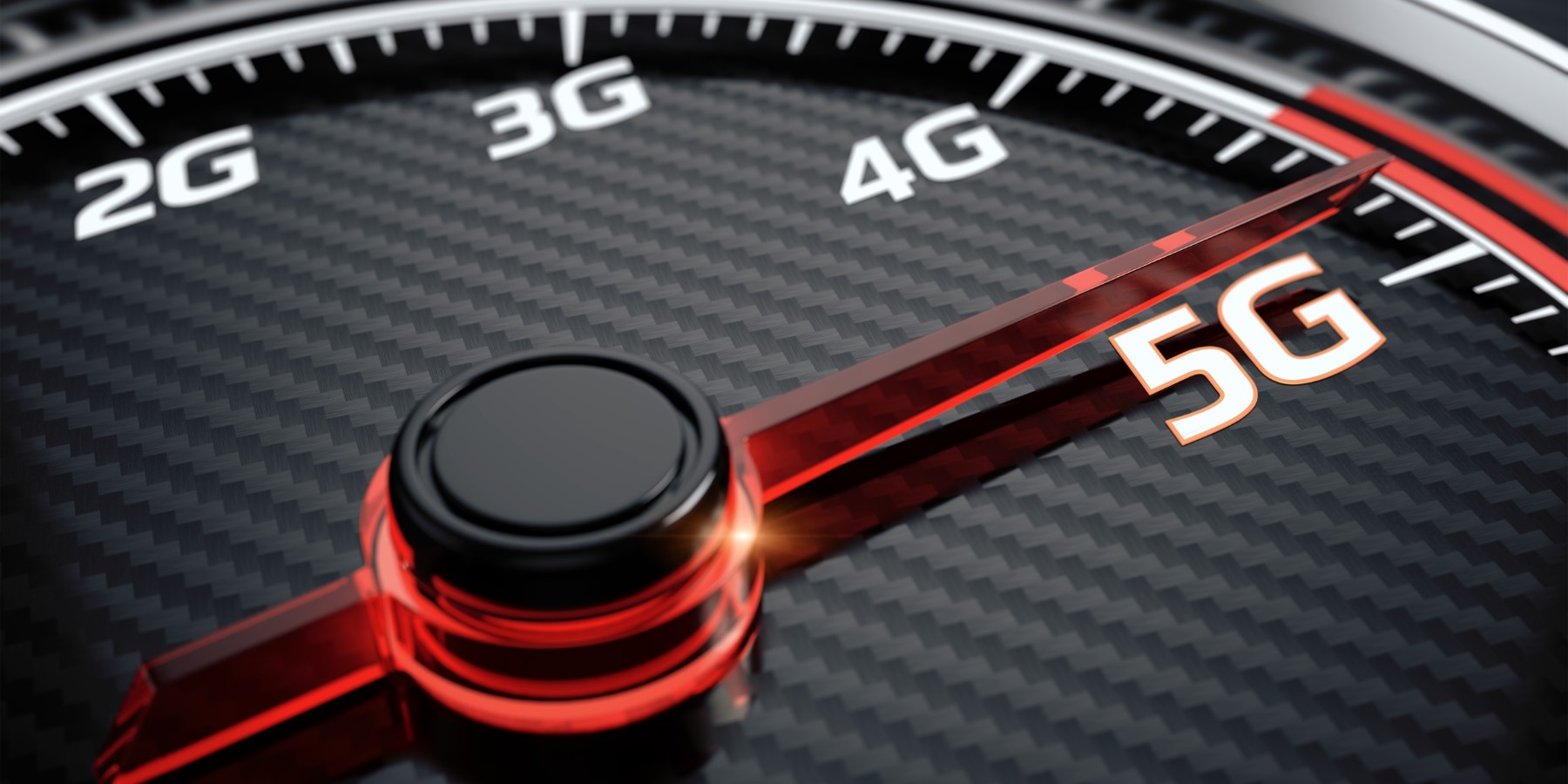And this is where the industrial Internet of Things, or IIoT comes in. Embedding connected sensors into equipment throughout the production line, warehouse and even the delivery fleet can automatically identify myriad different points of improvement – and even implement them automatically.
IIoT deployments have been in place for some time now, but as 5G rollouts become the new normal, there are opportunities for manufactures and telecommunications operators to take this much further. Augmented reality. Advanced, automated robotics. Artificial intelligence. These are all technologies with a huge amount to offer manufacturing settings, but they require wireless connectivity with high bandwidth and reliability, along with low latency, in order to operate. These qualities are precisely what
5G offers.
Many manufacturers currently rely on fixed-line networks to achieve the constant connectivity they need. 5G networks will enable much greater flexibility at a lower cost, meaning in turn that factory floors can be reconfigured more quickly, and the benefits of the IoT can be harnessed faster.
That’s the theory. What will 5G-powered IIoT deployments look like in practice?
Industrial control and automation
This involves using the IIoT to automate core industrial operations, from robotics on the factory floor to logistics in the warehouse and even out on delivery. Collecting, analysing and distributing data in real time across a manufacturing environment with 5G connectivity can enable every worker to be kept in the loop, and enable the organisation to collect and analyse much more data – at greater speed – than ever before.
Planning and design
This area of IIoT involves simulating factory processes and offering training support to workers. It is easy to see how augmented and virtual reality applications could enhance these processes. Consider a worker on a factory floor who needs guidance in operating a new piece of equipment; a headset and augmented reality application could provide an animated overlay instructing them on precisely what to do, step by step. Similarly, augmented reality can be used to troubleshoot and repair highly sophisticated pieces of machinery. More bandwidth and higher speed means that more complex applications can be supported within an IoT ecosystem.
Field devices
Some industrial settings are not restricted to factories and warehouses. Consider the utilities industry, or construction site, or mining operations, or transport organisations. In these settings, IoT deployments are often focused on collecting data from across a wide area, enabling more intelligent and automated tracking of key environmental factors, the performance of equipment or the location of vehicles.
Here, again, 5G connectivity enables such communications to take place more efficiently, even in data-rich contexts. The potential for efficiency and innovation in, say, the management of a construction site or the deployment of a fleet of vehicles is substantial.
The transformation of the industrial Internet of Things by 5G connectivity is still at an early stage. But watch this space – the potential is enormous.
